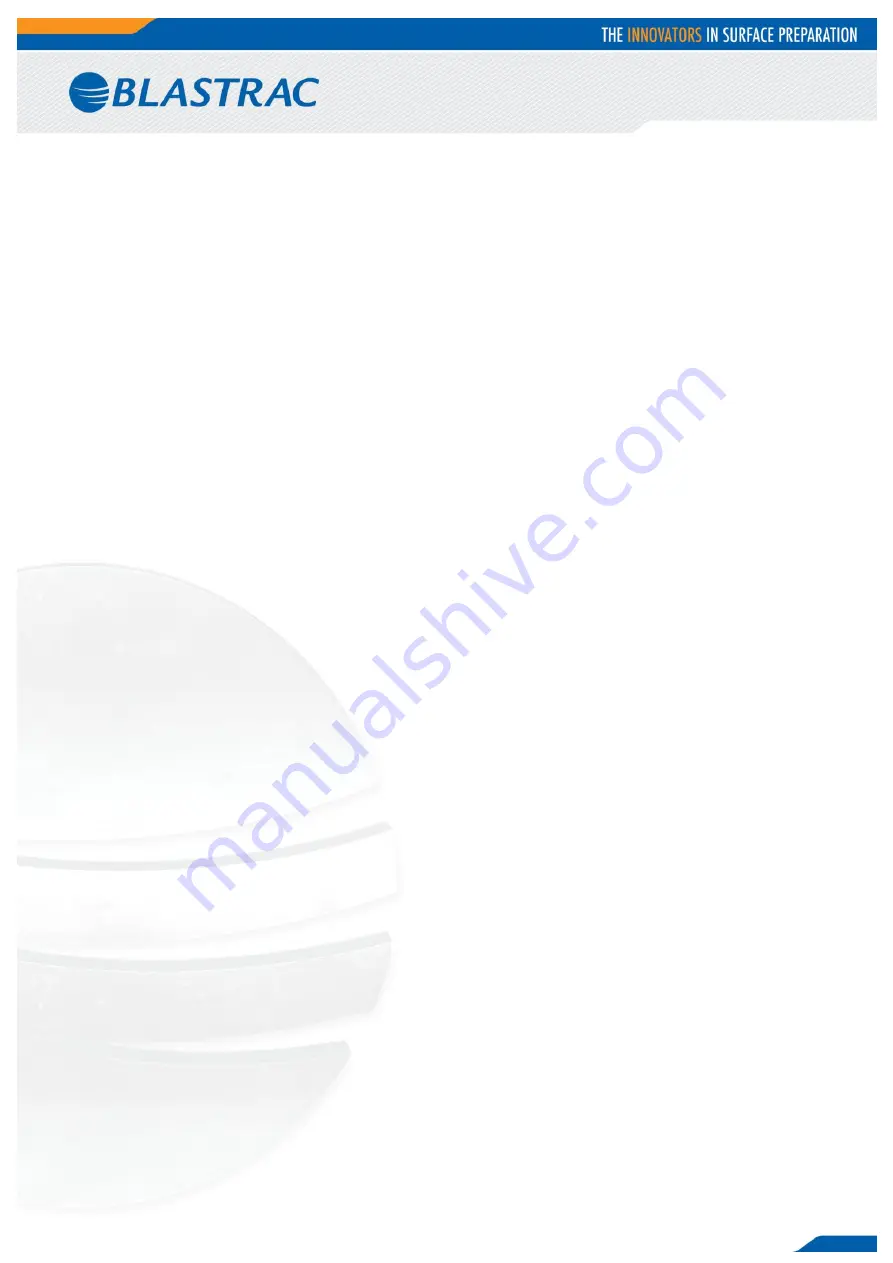
11
e)
To prevent fire hazards and to provide adequate ventilation, keep the engine at least 1 meter
(3 feet) away from buildings and other equipment during operation.
Do not place flammable objects close to the engine.
f)
Anyone who is not operating this machine must be kept away from the area of operation due to a
possibility of
burns from hot engine components
. Parts will remain hot for a while after stopping the
engine. Let the engine cool before transporting it or storing it indoors.
g)
When transporting or storing the engine, turn the fuel valve OFF and keep the engine horizontal.
h)
Know how to stop the engine quickly, and understand the operation of all controls. Never permit anyone
to operate the engine without proper instructions.
i)
Do not place flammable objects such as gasoline, matches, etc., close to the engine while it is running. Do
not place anything on the engine.
j)
Refuel in a well-ventilated area with the engine turned OFF. Gasoline / diesel is highly flammable and
explosive under certain conditions. Let the engine cool before refueling.
k)
Do not overfill the fuel tank. There should be no fuel in the filler neck.
l)
Do not smoke or allow flames or sparks where the engine is refueled or where gasoline / diesel is stored.
m)
! Exhaust gas contains poisonous carbon monoxide !
Avoid inhalation of exhaust gases
. Never run
the engine in a closed garage or confined area!
Always wear a dust mask.
Breathing carbon monoxide can cause unconsciousness or death.
n)
If any fuel is spilled, clean it up completely and allow petroleum vapours to dissipate before starting the
engine.
o)
Make sure the fuel and oil level are correct and that the filler caps are closed securely.
p)
Incorrect cable connections and incorrect operation of the electrical equipment can lead to sparking and
must be avoided.
q)
Comply with all notices and warning labels on the engine and keep them in a legible condition. If a label
should become detached or difficult to read, it must be replaced promptly. For this purpose, contact your
nearest HATZ service station.
r)
Any improper modification of the engine will result in a loss of liability coverage for resulting damage.
s)
Only regular maintenance, as specified in the Hatz manual, will maintain the operating readiness of the
engine.
t)
Disconnect the negative battery terminal before carrying out maintenance work.
3.6 Maintenance safety
a)
Pull out the main plug before starting inspections and repair on the machine. The main switch can be locked
in the “OFF” position by using a padlock and placing it through the main switch. (E-version) Turn the
contact key to OFF and pull out the deadmanswitch. (G-version)
b)
Wait for a complete standstill of all drives before any inspections, adjustments and / or maintenance work
is started.
c)
Block machine in stable position before doing any maintenance work.
d)
Failures due to inadequate or incorrect maintenance may generate very
high repair costs
and long
standstill periods of the machine.
Regular
maintenance therefore is imperative.
e)
Operational safety and service life of the machine depends, among other things, on proper maintenance.
f)
Prevent premature wear by keeping the machine as dust free as possible. Clean the machine for this reason
regularly with a dust collector and non-aggressive materials.
Never use a high pressure water cleaner to clean the machine.
g)
It is advisable to stock all spare parts or wear parts that cannot be supplied quickly. As a rule, production
standstill periods are more expensive than the cost for the corresponding spare part.
h)
To allow the user to carry out maintenance operations, the machine must be disassembled, cleaned and
inspected as far as reasonably possible, without causing hazards for the maintenance staff or other people.
i)
The suitable precautions include decontamination before disassembling the machine, adequate filtered
ventilation of the exhaust air from the room in which it is disassembled, cleaning of the maintenance area
and suitable personal protection equipment.
j)
The external parts of the machine must be decontaminated by cleaning and vacuuming methods, de-dusted
before being taken out from the hazardous zone. All parts of the machine must be considered as
contaminated when they are removed from the hazardous zone and appropriate actions must be taken to
prevent dust from dispersing.
k)
When maintenance or repair procedures are carried out, all the contaminated elements that cannot be
properly cleaned, must be destroyed.
l)
These elements must be disposed of in sealed bags according to the applicable regulations and in
accordance with the local laws governing the disposal of such material.
m)
This procedure must also be followed when the filters have to be disposed.
n)
A second person must be deployed who can disengage the hydraulics and switch off the PTO (Hydraulic
unit) in an emergency if work on live parts is necessary. The work area must be sealed off using a red and
white safety chain and a danger sign. For the electrical parts, use a tool that is insulated against voltages.












































